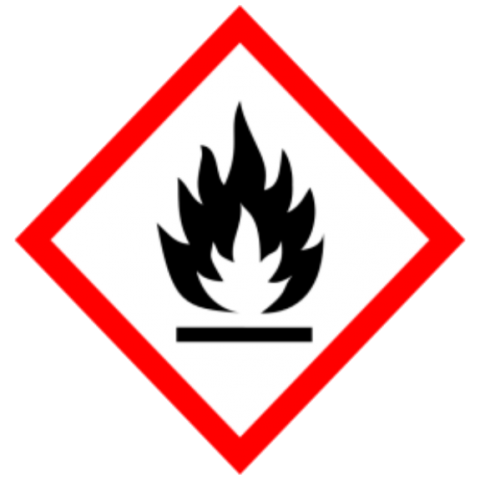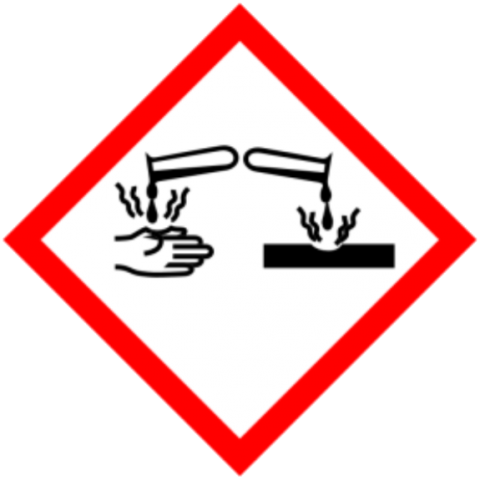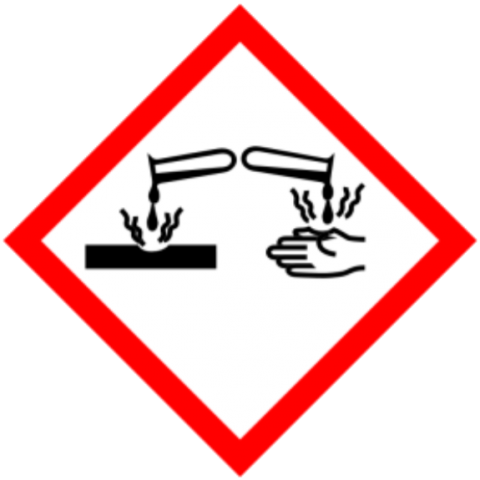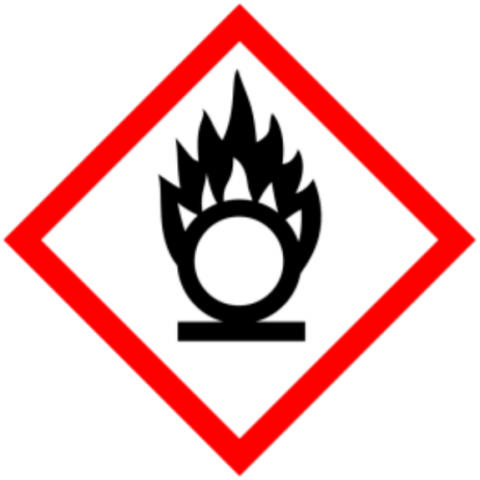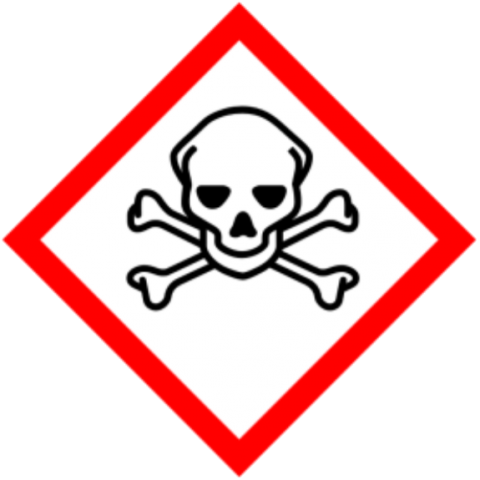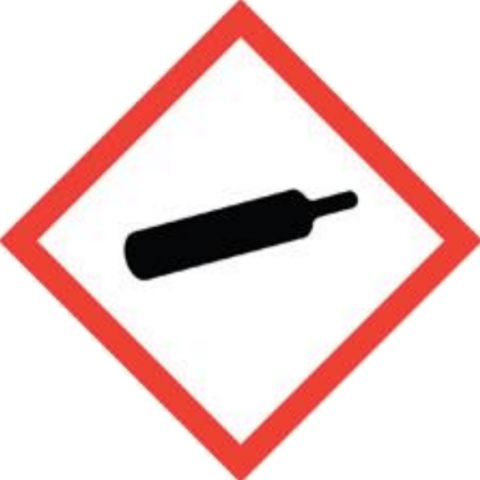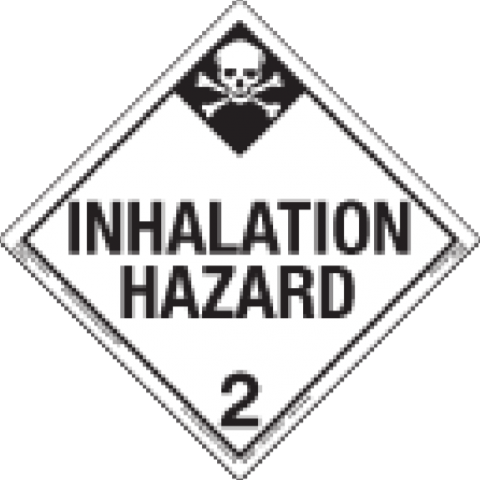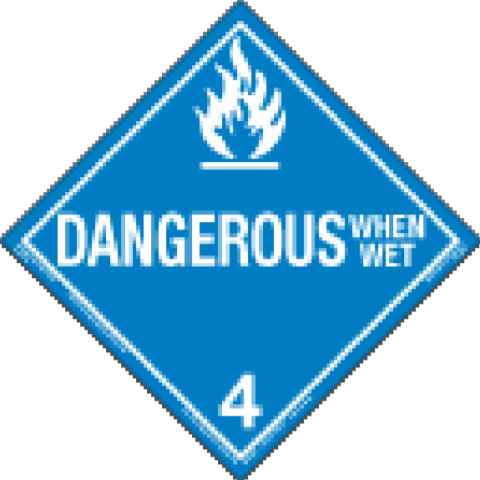Chemical Storage Guide
Chemical Storage Guide
Always refer to the SDS. This guide is not intended to cover all possible scenarios.
Flammable liquids
- Do not store with acids or oxidizers
- Only store in refrigerators rated for flammables
- Keep quantities to a minimum (no 5 gallon cans permitted)
- Amounts over two(2) gallons: Store in an approved flammable cabinet
Examples
- Acetone
- Methanol
- Ether
- Hexane
Special circumstances
Combustible liquids (i.e. toluene) can be stored in the flammable cabinet if there is room.
Acids
- Do not store with bases, flammables, or cyanides
- Do not store under the sink
Examples
- Sulfuric acid
- Hydrochloric acid
- Nitric acid
- Acetic acid
Special circumstances
Some acids are flammable (i.e. Acetic acid), but can still be stored with other acids. Please segregate using secondary containment tote/bin or bottle jacket.
Bases
- Do not store with acids
- May be kept with flammable liquids if in secondary containment
Examples
- Sodium hydroxide
- Potassium hydroxide
- Bleach
Special circumstances
Special circumstances Some bases are flammable (i.e. ethanol amine), but can still be stored with the bases.
Oxidizers
- Do not store with flammable liquids or solids
- Do not store under the sink
- Avoid storage on wooden shelves
Examples
- Silver nitrate
- Ammonium persulfate
- Sodium periodate
Special circumstances
Some acids are oxidizers (i.e. nitric acid), but can still be stored with other inorganic acids; please segregate using dedicated secondary containment tote/bin.
Toxics
- Store on sturdy shelves below eye level or in secured cabinets
- Store separate from other hazard classes
Example
- Sodium cyanide
- Sodium azide
- Aniline
- Ethidium bromide
Special circumstances
Inspect containers regularly.
Compressed Gases
- Secure at all times even when empty
- Store away from heat sources
- Store with cap when regulator is removed
- Incompatible gases must be separated by a 30 minute fire barrier or 20 feet or line of sight
Examples
- Helium
- Nitrogen
- Oxygen
- Hydrogen
Special circumstances
Container volumes less than 5 liters (i.e. lecture bottles) can be stored lying down
Poison inhalation
- Store in a vented gas cabinet or a chemical fume hood
- Secure at all times
- Store with cap or plug in place
Examples
- Carbon monoxide
- Chlorine gas
- Ethylene oxide
- Ammonia gas
Special circumstances
Consult with EOHS when storing or using these materials.
Water reactive
- Do not store under the sink
- Store away from aqueous solutions
- Keep separate from other hazard classes
Examples
- Sodium borohydride
- Hydrazine
- Sodium metal
- Phosphorus
Special circumstances
There may be enough moisture in the air to react these materials. Use caution.
Liquid nitrogen
- Store in a well ventilated area
- Consult EOHS before storing 240L tanks
Examples
- LN2
Special circumstances
Liquid nitrogen tanks vent loudly periodically; do not be concerned, as this indicates normal operation.

